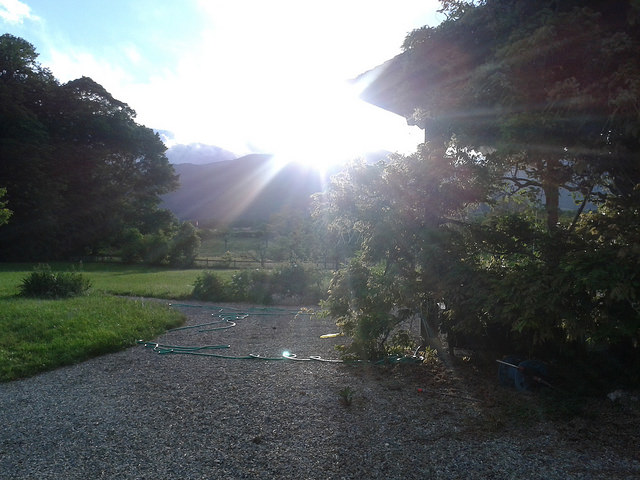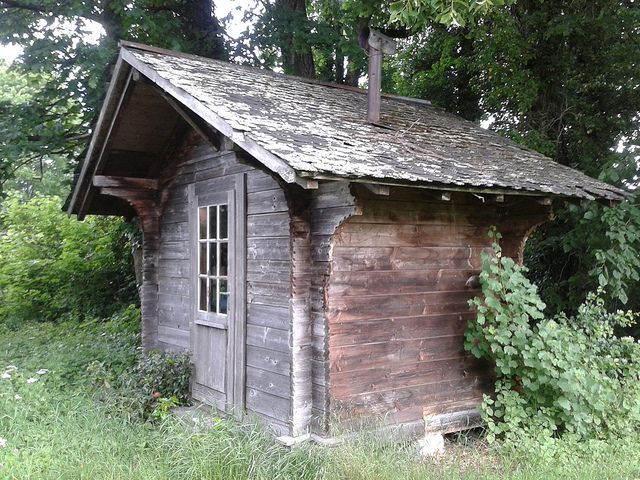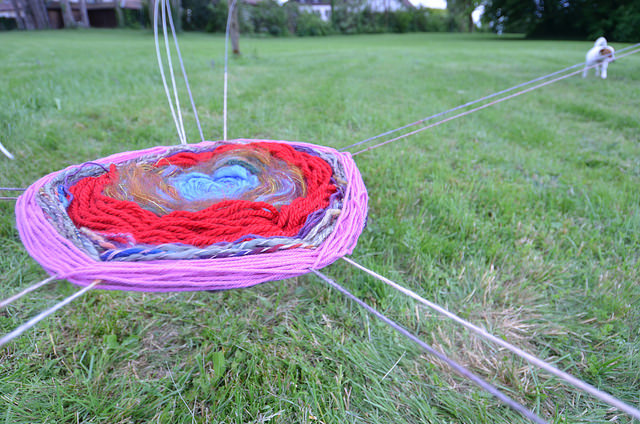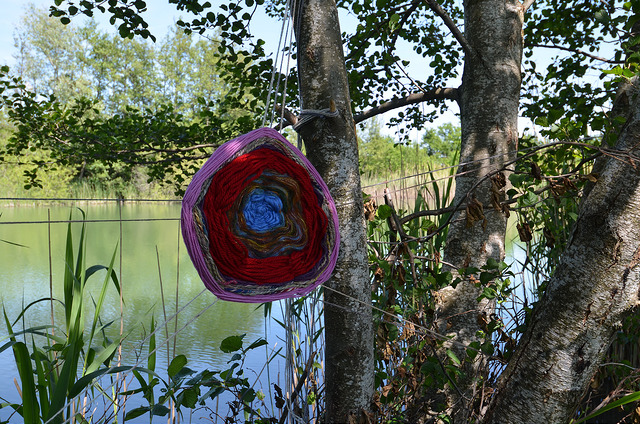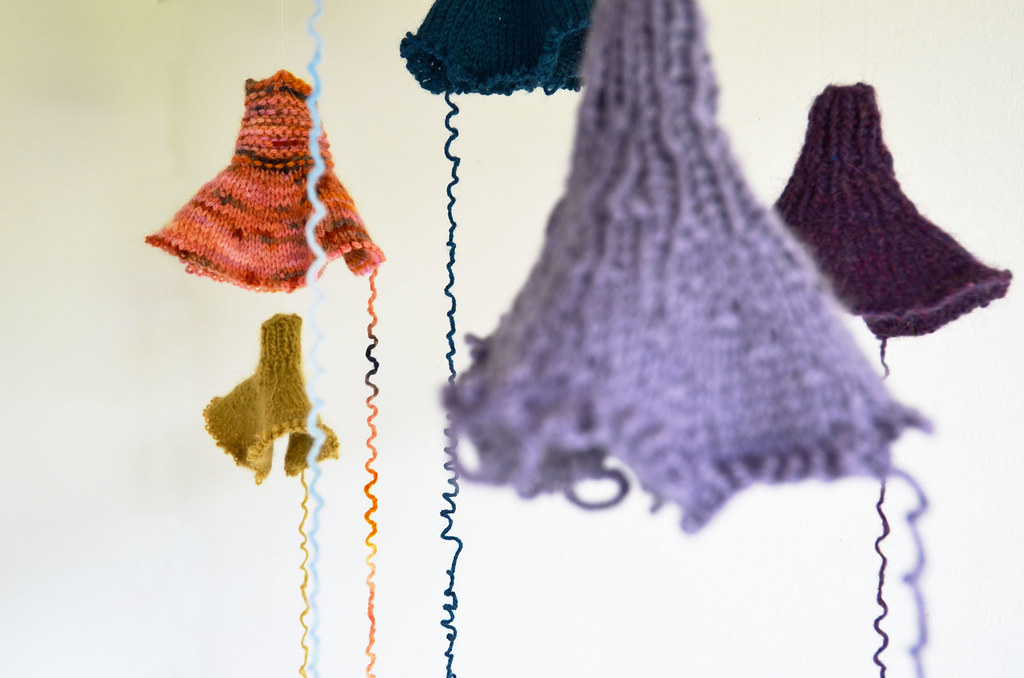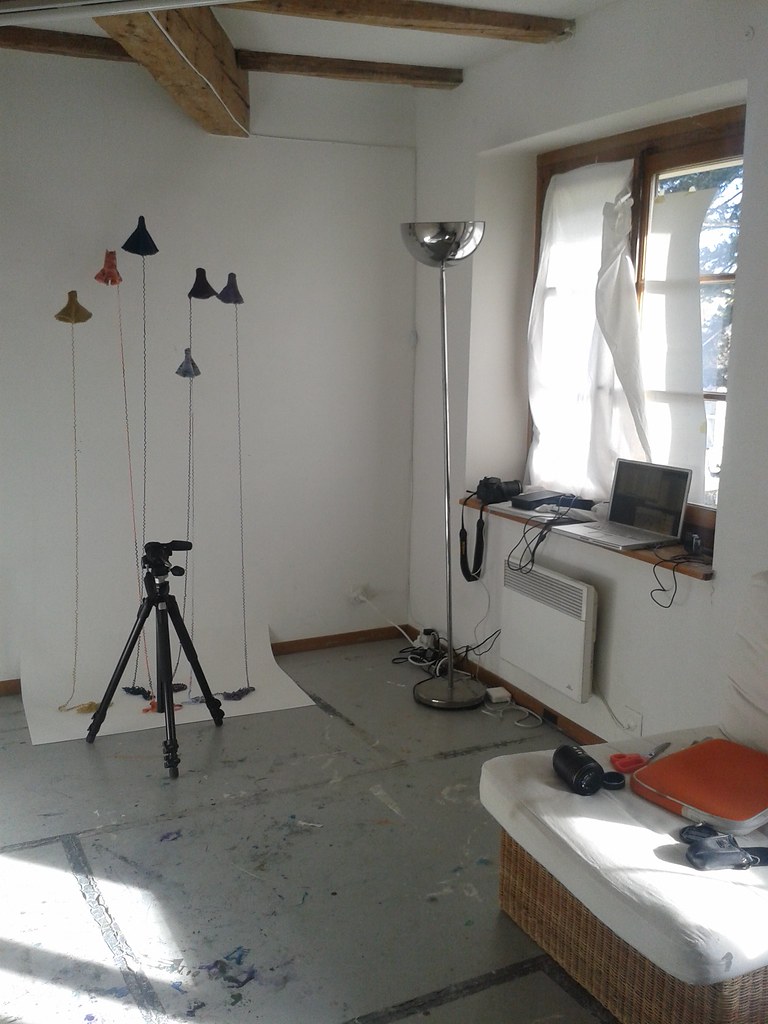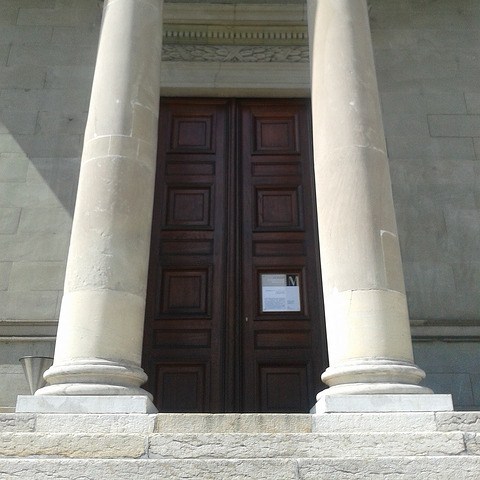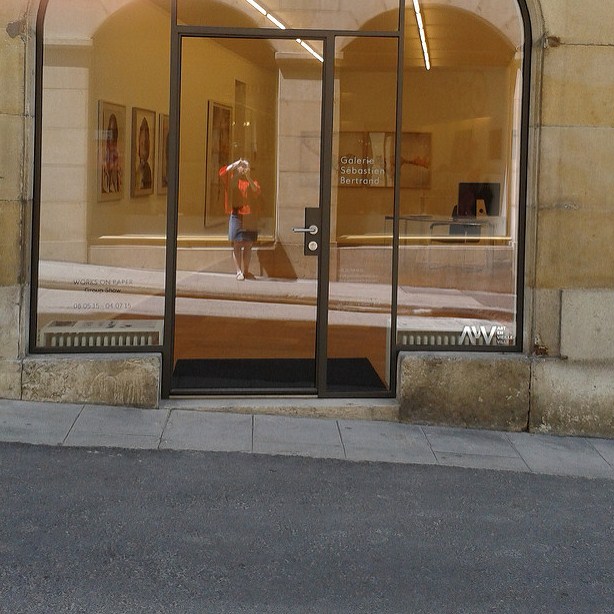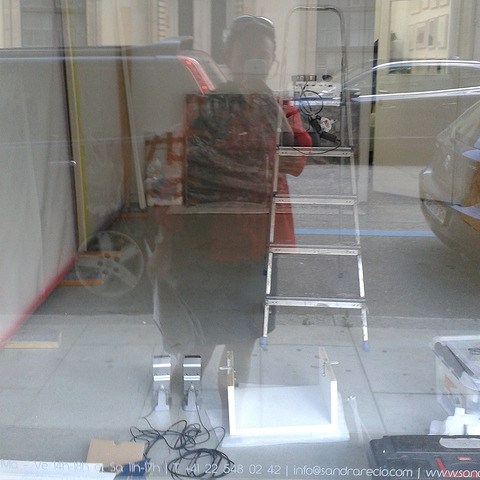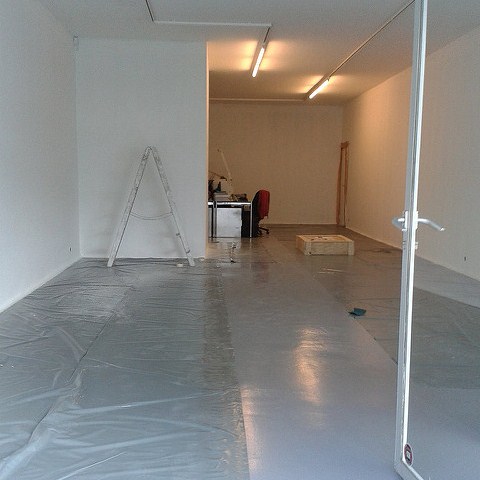21.09.2015 - 20.10.2015
The Trelex residency is a unique opportunity to take a break from your normal art practice and contemplate new work, complete a set of work that has been brewing in your mind or just do something totally different.
I heard about the residency when reading Abi Box’s brilliant blog about her time in Switzerland. I had a studio in the same building as she did in London for a while and it sounded so exciting and Abi got so much new work done there, that I applied.
Living in London is a great place to experience lots of art, galleries, museums and shows, but getting away from the city is a great way to recharge the creative juices and I was looking forward to seeing Switzerland, the alps, as well as Lake Geneva.
La Cure, Switzerland/France. Due to current events with the migrant crisis and whilst being in Switzerland close to the borders of the EU, I became interested in the significance of such events. It made me think about borders a lot especially as Lake Geneva is partly Swiss and partly French. One train trip was to La Cure on the small two-carriage train up to the French border from Trelex. This stone is one of the border markers between the two countries in the town of La Cure that is half French and half Swiss. There is even a café that is divided inside by the border as well.
Rafts:
My main sculpture project at Trelex was making small rafts out of driftwood found on the shores of Lake Geneva (Lac Leman). They were quite time consuming to produce and varnish before I could film them floating in the lake. I also made a lake ‘border’ out of fishing line and bobbles. Filming them was quite relaxing on calm days when I would stand in the water photographing them or making videos. When the water was rougher the rafts really crashed on the shore and floated away fast. This project will be completed in London with work on the photos and videos.
My use of pearls on the rafts came from one of the lake museums that had information about cultured pearls being made from fish scales on the shore of Lac Leman for many years until it became economically unviable.
I spent time away from the studio mainly along the shores of Lac Leman (Lake Geneva). The closest access to the lake from Trelex is the town of Nyon, which is an eight-minute train ride from the nearby Trelex train station. I visited art museums, galleries and local history museums in Geneva, Lausanne and Morges all on the wonderful Swiss train lines.
I wandered around Trelex sketching the Jura mountains, Mont Blanc and photographing wildflowers. I also painted the lake water surface, wildflowers, and mountains in the studio. I made two sets of Mont Blanc and surrounding peaks, one out of cardboard and one from clay.
I shared the studio space with a London artist, Michael Robertson, for three weeks. He spent time reading art theory, filming hand gestures and doing motion capture sequences. It was great seeing such a different practice to mine up close. Michael also helped me on one of my filming sessions with my rafts in the lake at Nyon. We enjoyed eating dinner together and one evening had a barbecue in the massive garden with the little dog Talisker close by. The last few days of my residency overlapped with Anne Svennson, a Danish painter who I enjoyed getting to know.
Nina arranged a studio visit one day with a local painter. He came to our studios at the Trelex residency where we showed him our work and had tea and a discussion about painting, art practice, taking all your ideas seriously, writing all your ideas down and putting the papers away in a box never to be looked at again. Nina is a very inspirational artist who really cares about the artists who visit and is very helpful with discussions about their practices.
A few days later, Michael, Nina and I went to the local painters house and had a critique with him about his paintings and then explored his studio. We discussed all the different paints and supports that he could use to get the effects he wanted in his paintings. Both of these days were very exciting and motivating.
The Trelex residency calms and energizes with the beautiful Swiss countryside and Nina Rodin has made a wonderful art environment for research, art production and collaborations.
Cheryl's residency blog
www.cherylpapasian.com







































